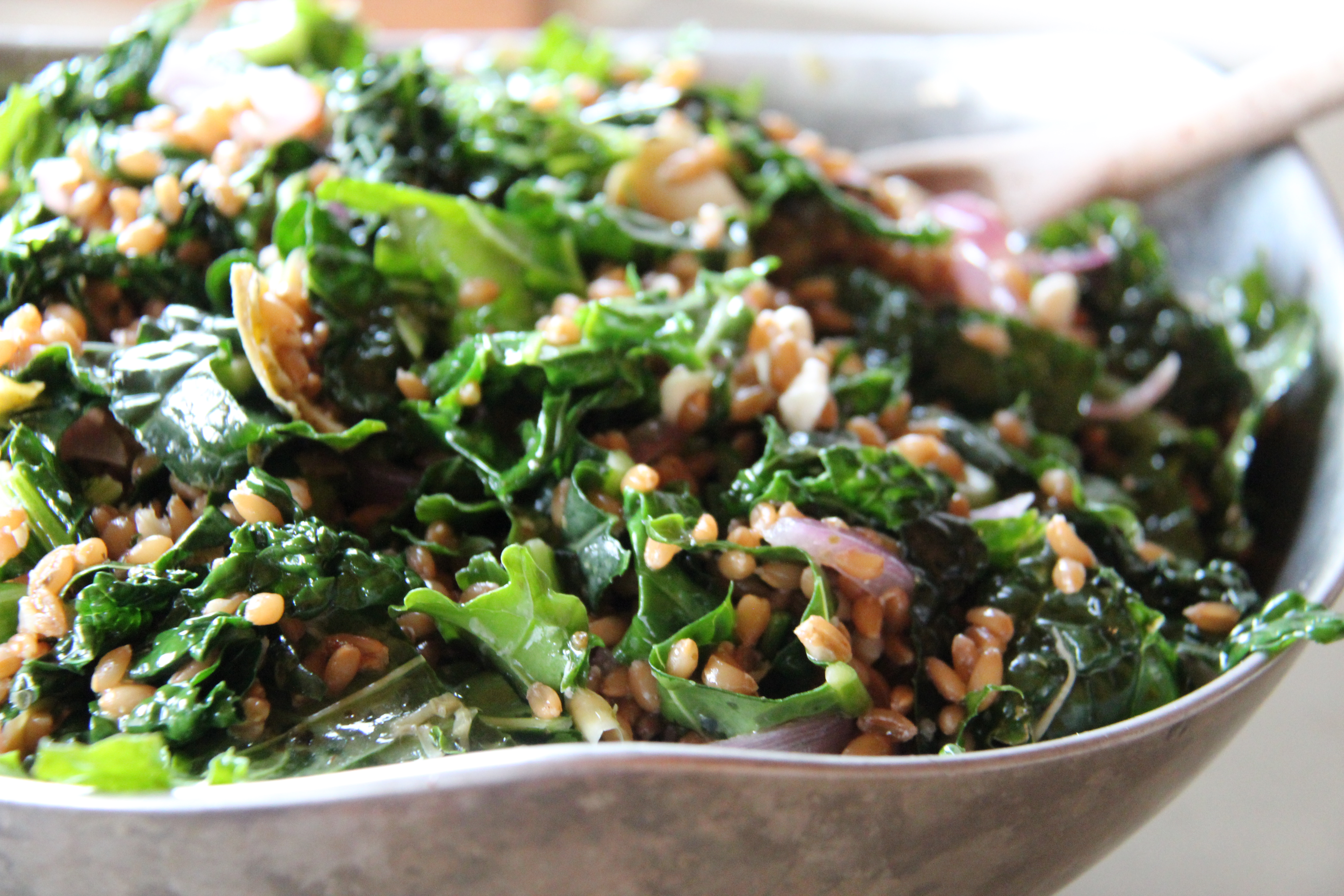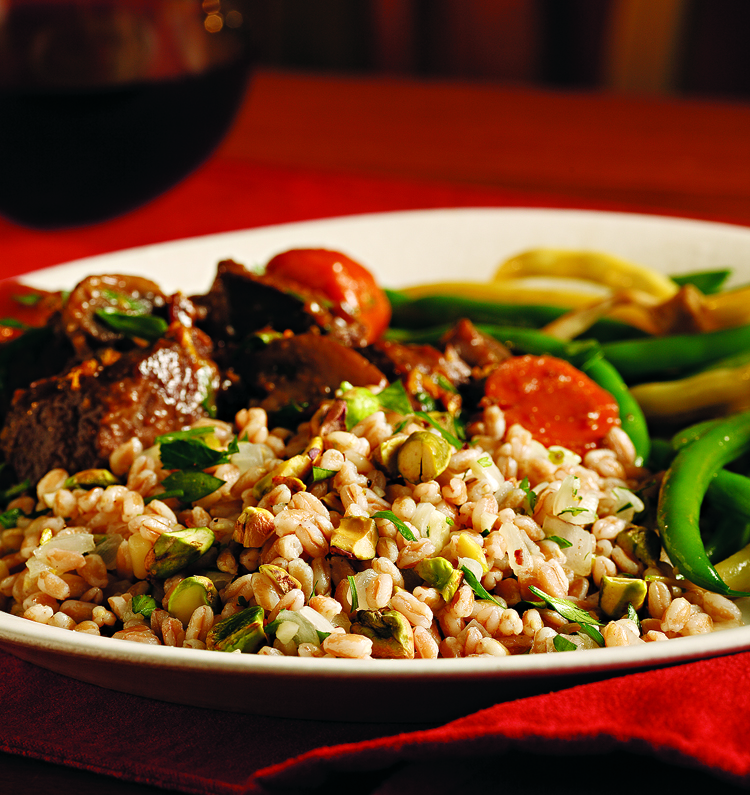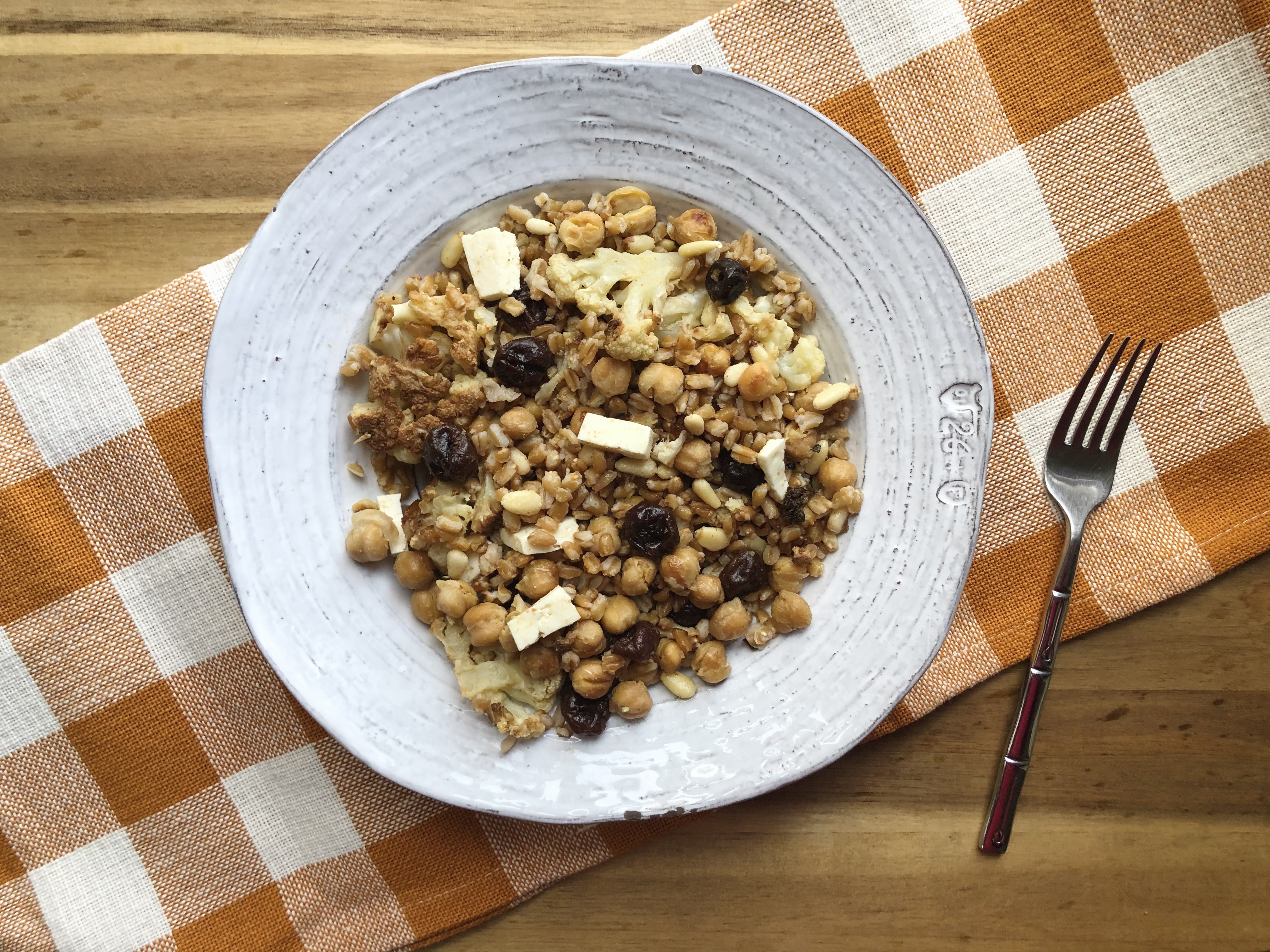Share This
It’s time for another installment of our Spotlight series, where we take a close look at a specific grain. Previously, we introduced you to millet and sorghum. This time, we’ll be looking into farro; its history, health benefits, and culinary uses. Whether you’ve never heard of farro before or it’s a regular at your dinner table, join us as we discover all that farro has to offer!
What is farro?
Farro, also known as emmer, is an ancient strain of wheat with a chewy texture and a nutty taste. Most often used as a standalone ingredient, you may find it in soups, grain salads, and pilafs, as its firm texture holds up to long cooking times and acidic dressings. In some areas it is still ground into flour and used to make specialty pastas and breads, but the difficulty in removing its hull has seen many regions abandon it in favor of modern strains of wheat. However, in recent years it has seen a resurgence in popularity, and we think it’s long overdue for wider appreciation.
A grain rich in history
Farro may be one of the world’s oldest cultivated grains. Archaeologists studying sites in the Fertile Crescent dating back over 10,000 years have discovered evidence of domesticated farro, and it spread from there to become one of the most commonly cultivated crops across classical antiquity. It was widely consumed in ancient Roman times, however, by that point it had already begun to lose popularity to more easily threshed varieties of wheat. Threshing, where one beats a grain until the edible seed separates from the husk, was labor-intensive and time-consuming. Eventually, this led to farro becoming something of a historical footnote— an ancient grain in the most literal sense.
A culinary comeback
As interest in ancient grains has grown, so has interest in farro. A quick search of popular recipe sites results in dozens of farro recipes, and it’s no wonder! Like other types of wheat, farro is high in protein and fiber: a single serving of farro (about ¼ cup uncooked) contains about 7g of protein and 5g of fiber, as well as a host of other nutrients such as iron, magnesium, and B vitamins. And of course, we can’t forget about the taste! Farro has a rich, hearty flavor that pairs well with savory dishes, and its texture remains firm even when simmered for hours, making it an excellent addition to soups. It also works beautifully in salads, lending them enough oomph to serve as a delightful vegatarian main course.
Ready to dive in?
- Check out our farro recipes for inspiration on adding farro to your dinner tonight.
- Take a peek at our list of Stamped farro products to be sure you’re getting whole grain farro when shopping.
- Want to know more about farro and wheat? We featured both in our July Grain of the Month post!
What is your favorite farro recipe? Is farro a regular pantry staple for you, or a special ingredient you pull out on occasion? Which grain should we feature in our next Spotlight? Let us know what you think in the comments! (Rebecca)
To have our Oldways Whole Grains Council blog posts (and more whole grain bonus content!) delivered to your inbox, sign up for our monthly email newsletter, called Just Ask for Whole Grains.




Comments
Add a Comment